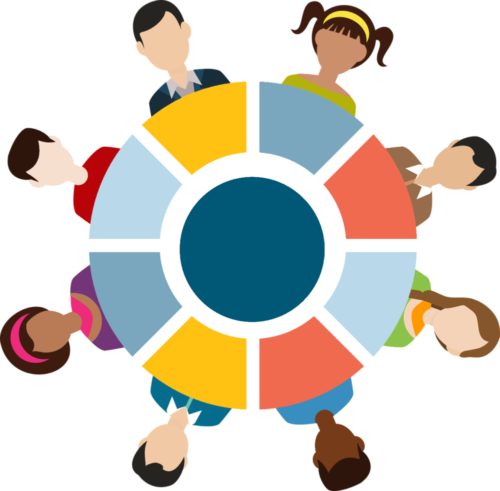
Affirmative Action Plans: Your Powerful Diversity Tool
Affirmative Action Plans are a first, and an important, step in outlining an organization’s initiatives and strategies to achieve equal employment opportunities.
By Amanda Kranjc, SOLVE Operations Manager
When you look at your business, do you know the rate at which women and people of color are hired (recruited, promoted, or brought in for an in-person interview) compared to white counterparts? Do you know the percentage of veterans and disabled individuals you hire compared to similar businesses?
Recently many organizations have been asking themselves these questions and are looking for additional resources to help facilitate the cultural change needed to create and support a diverse workforce. These requests are being precipitated by highly publicized events that have highlighted the continued racial inequity that exists in our nation and across the world. One important resource SOLVE offers to begin addressing systemic inequities is the facilitation of an Affirmative Action Plan (AAP). Affirmative Action Plans provide intelligence well beyond what is necessary for government compliance. This is the intelligence that can fuel culture change, supporting and creating a diverse workforce.
Organizations doing business with the U.S. Federal Government are often required to have an Affirmative Action Plan on file. Even if your business with the Government is something as simple as providing food or beverages to a federal agency or military base, you could be subject to this requirement. While AAPs are necessary for compliance, the intelligence they provide goes well beyond that. Unsure if your company needs an AAP? Check out the Department of Labor’s site on Affirmative Action: https://www.dol.gov/general/topic/hiring/affirmativeact.
Affirmative Action Plans outline an organization’s programs, policies, and procedures for proactively recruiting, hiring, training, and promoting women, people of color, people with disabilities, and veterans. The goal is to ensure all individuals have equal opportunities in employment. Moreover, an Affirmative Action Plan provides a roadmap for leadership to identify and correct problem areas and to support recruitment goals. Even if an organization is not required to have an AAP, it is a valuable tool to better understand your hiring and employment data and can also serve as a key factor should your company encounter any legal cases regarding diversity in the workplace. After all, as Daniel Keys Moran states, “You can have data without information, but you cannot have information without data.”
But beyond collecting and analyzing the important data contained in AAPs, there is much more that can be done to ensure fair and unbiased hiring practices, and create an inclusive work environment that allows each person to feel valued for their unique identities, skills, and talents. Creating this kind of culture is not just good for people, it’s good business.
Research shows companies with greater diversity have increased revenue, better productivity, and are more creative and innovative. Digging deeper into this research is important to truly understand it is not only about the numbers or percentages of different types of people, it is about hard and intentional work by leaders to shape a culture that supports and celebrates differences.
SOLVE is here to support your organization down this important path towards creating an inclusive workplace for all. If you are seeking any additional support or resources, or are interested in speaking to our resident DEI expert on staff about these or other topics, please contact us today!

